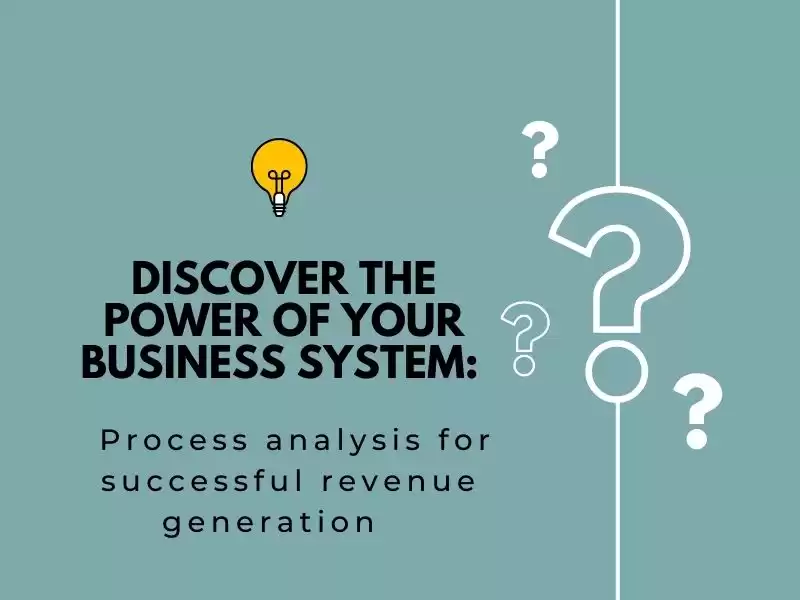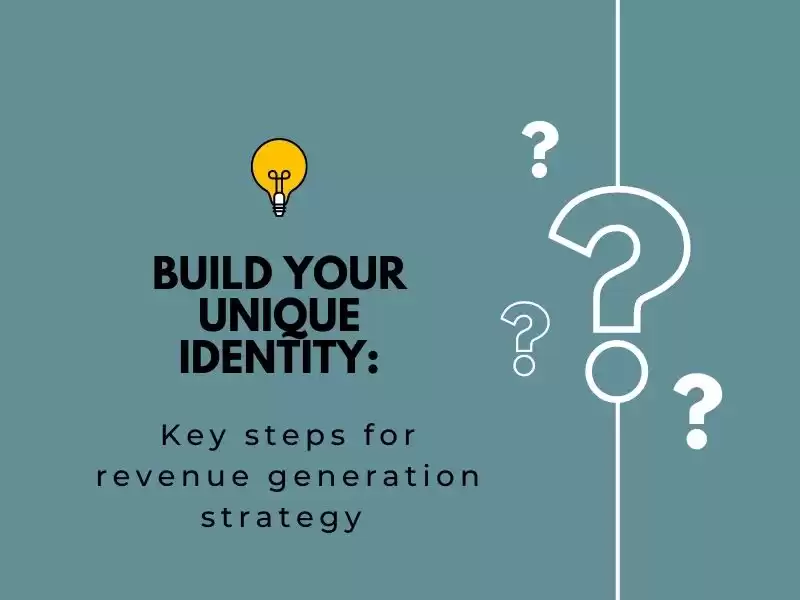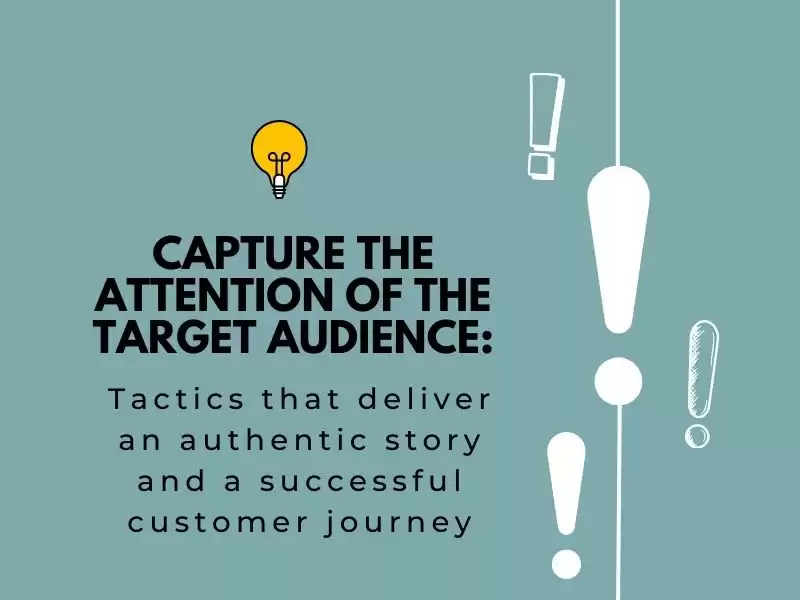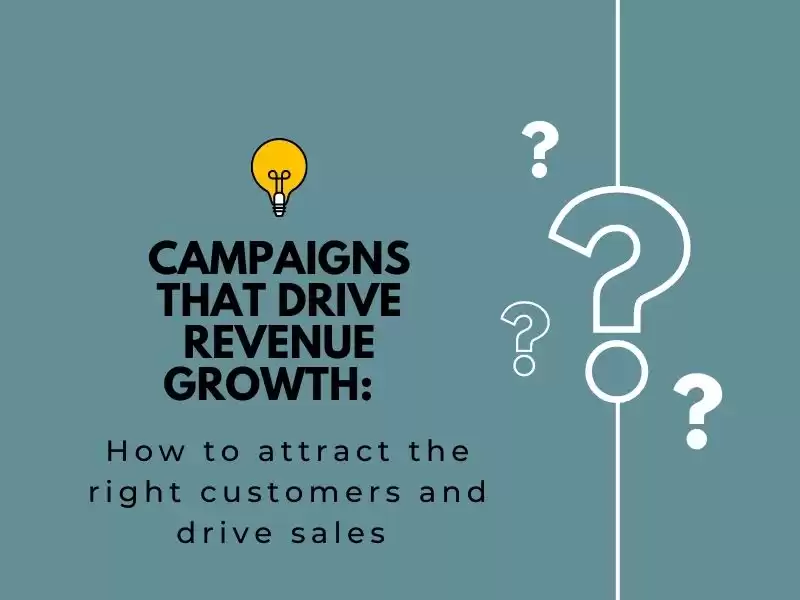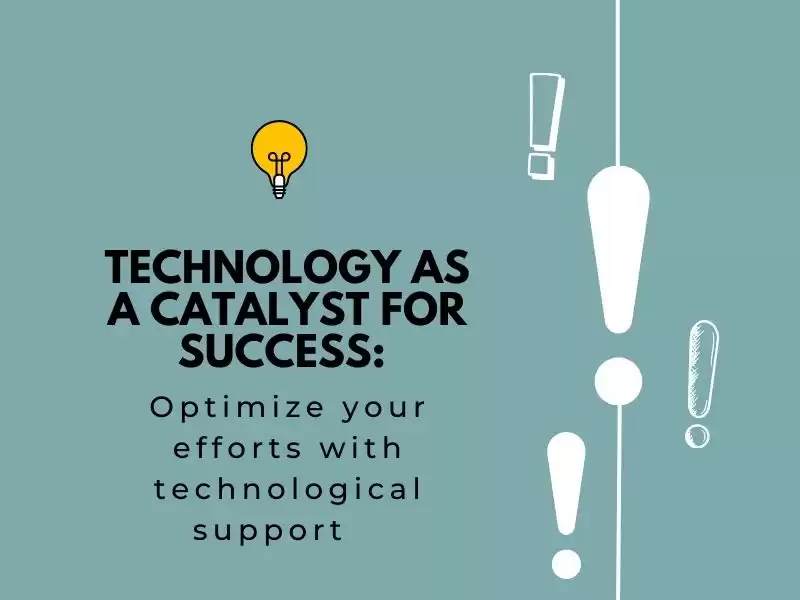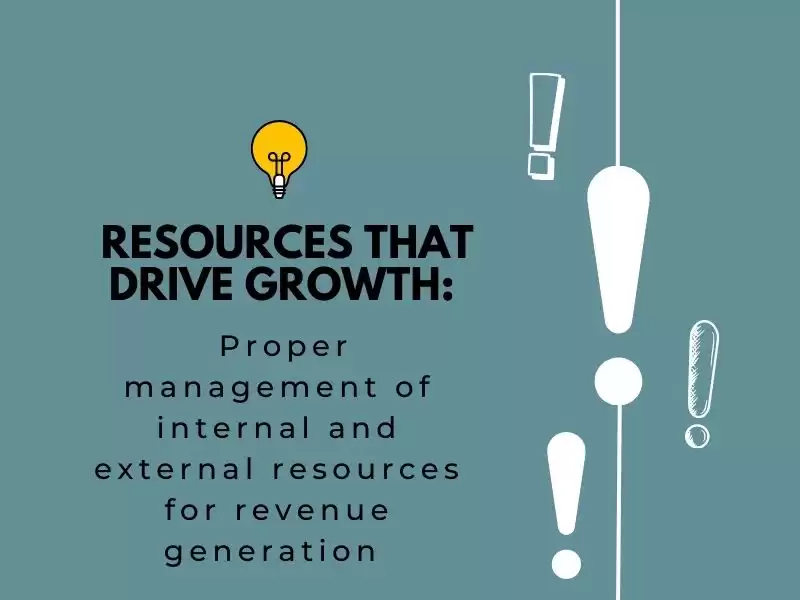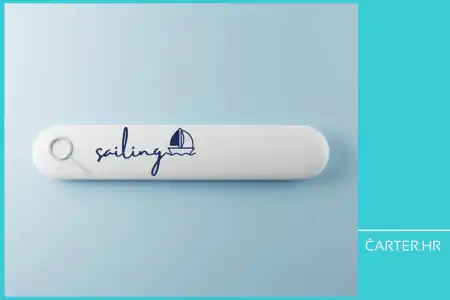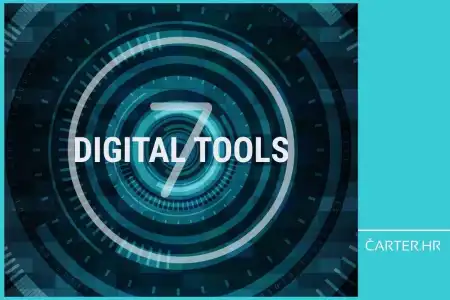
- 31.05.2023.
- News, Management
Whether you want to create your unique identity or capture the attention of your target audience, you need, among other things, an authentic story and the right communication channels. Learn how to attract the "right" customers, drive sales, and effectively manage resources for revenue generation.
Imagine your business as a beautiful motoryacht sailing bravely through the waves of the market in search of revenue. Your revenue flywheel, on the other hand, represents a powerful and sophisticated engine that propels that yacht towards success. As an experienced captain, you have absolute control over every aspect of the engine - from power and speed to efficiency and performance. Through this column, I will provide you with ideas and information on how to adjust your engine's operation, optimize its power, and keep it in top condition for a safe journey through the market waters.
Welcome back to my column on the revenue flywheel! Throughout last articles, I have aimed to explain why many companies still lack such a system in their business and fail to generate desired revenues. I have also clarified who is not fit for this business transformation and introduced the 6 key elements for building a stable revenue flywheel:
- Processes
- Strategy
- Tactics
- Campaigns
- Technology
- Resources
Today, I will take you deeper into these core elements that make up the revenue generation system. They are like switches that drive the entire growth mechanism of your business, and not only is the order in which they are turned on crucial, but it is also important that they are all activated simultaneously. The interconnection and alignment of these elements determine when and how your revenue flywheel will start accelerating and generating sustainable growth.
Discover the power of your business system: Process analysis for successful revenue generation
At the beginning of every collaboration, one of the key activities I undertake is process analysis. Through researching team communication, project management, and implementation responsibilities within the team, I discover how an organization functions. Unfortunately, this phase of collaboration almost always reminds me that the culture of regular weekly, monthly, and quarterly meetings is not a common practice in many organizations, indicating a still low level of awareness on this topic. In fact, many might think, "Oh no, another meeting where I have to waste time." But I believe that those people probably don't read this column.
In the previous article, I touched upon the topic of processes, so here I will briefly recap the key aspects. To establish an effective revenue generation system, it is necessary to regularly conduct three types of meetings:
1. Weekly revenue team meeting: Here, sales, marketing, and customer service (for those still thinking in silos) come together to plan activities for the current week. This regular interaction allows for goal alignment and cohesion within the organization and teams.
2. Monthly review: Every 30 days, a review of priorities from the previous meeting takes place, and key activities for the next month are selected. This review enables focusing on the most important tasks and aligning strategies.
3. Quarterly planning meeting: It involves sales, marketing, finance, and management to align activities for the upcoming quarters. Long-term goals are discussed, strategies adjusted, and the direction for further growth is set during this meeting.
By maintaining these regular meetings, you establish a solid foundation for an efficient revenue generation system. It is important to understand that all achieved results stem from well-designed processes.
Moreover, it is crucial to have someone on the team dedicated to preserving the processes - from their definition, implementation, evaluation, optimization, to redefinition. If you don't have internal resources for these activities, don't hesitate to engage an agency or an independent consultant because for your revenue flywheel to function, all 6 elements need to function in synergy.
Build your unique identity: Key steps for revenue generation strategy
A successful revenue flywheel requires thorough strategy and careful planning. Here are the key steps that will help you build such a system.
Deep understanding of ideal customers:
A key step in building a successful revenue generation system is a deep understanding of ideal customers. Explore their needs, desires, and communication preferences. This will enable you to tailor your marketing messages and sales strategies to the target customer group. Consider their demographic characteristics, lifestyle, values, and interests to create relevant and personalized content.
Branding and authentic storytelling:
Differentiation is crucial for success in a competitive environment. Consider what makes you unique and how you can stand out among the competition. Build a recognizable identity for your company that will attract ideal customers. Create an authentic story that resonates with customers on an emotional level. Highlight your strengths, values, and the benefits you provide, and explain why you are the right choice for their needs.
Customer journey mapping:
Understanding the customer journey is crucial for revenue generation. Analyze each step a customer takes, from becoming aware of their needs to repeat purchases. Identify key touchpoints and interactions customers have with you during that journey. Based on this information, you can design personalized marketing campaigns, improve the customer experience, and increase the loyalty of existing customers.
Creating value for customers and providing exceptional customer experience is crucial for the long-term success of your revenue generation system.
Capture the attention of the target audience: Tactics that deliver an authentic story and a successful customer journey
When it comes to conveying your story to the target audience, choosing the right communication channels such as websites, emails, and social media plays a crucial role. However, as we have established, just using those channels is not enough. You need to apply quality tactics that will help you reach and engage potential customers in the right way.
It often happens that companies apply tactics without a quality strategy, resulting in superficial "random acts of marketing" approach. However, in today's era of changing consumer behaviour and technological advancements, well-thought-out and interconnected tactics are essential for success. This includes web, content, email marketing, SEO, social media, and blogs. Each of these tactics has its role and importance in conveying your authentic story and supporting the customer journey.
Your website represents the digital storefront of your company. It is where your story begins and where potential customers meet you. Therefore, it is important to ensure that it is visually appealing, user-friendly, and contains the information the audience is looking for. Quality design, user experience, and clear calls to action are key elements for successful web communication.
Content is one of the most powerful tools for conveying your story. Through relevant, informative, and engaging content, you can educate, entertain, and inspire your audience. This can include blogs, e-books, videos, infographics, and other content forms that are relevant to your industry and attract the attention of potential clients. Quality content builds trust, establishes authority, and encourages users to further interact with your brand.
Email marketing is one of the most effective ways to communicate directly with customers. Personalized messages tailored to their interests and needs help build trust and increase engagement. Properly segmenting your audience and providing value through personalized messages relevant to each recipient is crucial.
Social media provides an opportunity for active participation and interaction with the audience. Through posts, comments, sharing useful content, and following trends, you can build a community of loyal followers and increase the visibility of your brand. It is important to choose the right platforms for communication with the target audience and provide content that reflects the values and mission of your brand.
Campaigns that drive revenue growth: How to attract the right customers and drive sales
Developing effective strategies to attract the right customers and drive sales is crucial for continuous business growth. Through campaigns, you have the opportunity to create brand awareness, attract new clients, and turn them into loyal customers.
There are different types of campaigns, each with its specific purpose and objectives. This includes awareness campaigns, lead generation campaigns, account-based campaigns, inbound campaigns, outbound campaigns, and many others. It is important to understand which campaigns you need and why, as well as how the tactics you apply contribute to the success of each campaign. It is essential to emphasize that one email or one Facebook advertising campaign does not make a complete campaign. It is necessary to establish a systematic approach that includes multiple touchpoints with the customer to achieve successful results.
Did you know that today you need to have over 8 contacts with a customer for them to become a potential buyer? That is why it is extremely important to tell your story, unique and differentiated, several times to the same customer, conveying the same core message but in different contexts. Therefore, mapping different customer journey scenarios becomes necessary to ensure message consistency and provide relevant content at different stages of the customer experience.
It is also important to understand that a campaign encompasses not only the marketing context in attracting customers but also sales and support. A comprehensive approach to campaigns involves aligning marketing, sales, and service activities to build a strong customer relationship throughout their journey. This means integrating marketing tools, sales tactics, and providing excellent support to ensure customer satisfaction and repeat purchases.
Technology as a catalyst for success: Optimize your efforts with technological support
Proper implementation of technological tools and platforms is crucial for successful revenue generation. Creating a successful revenue generation system requires time, dedication, and proper application of technological tools. When I mention technology, I mean the entire tech stack, with a particular emphasis in this article on CRM (Customer Relationship Management).
CRM is crucial for modern businesses because the customer needs to be at the center of all your activities. Despite this, many companies face significant challenges precisely because they lack CRM, or even worse - they have it but don't use it.
CRM is the foundation of your revenue generation system. This technological platform allows you to track and manage all customer interactions in one place. From collecting customer data to managing sales processes and providing personalized support, CRM helps you build a strong customer relationship and enhance their experience.
One of the key advantages of technology is the ability to automate many processes. By integrating CRM with other tools such as email marketing, social media, or analytics platforms, you can automate marketing campaigns, track customer interactions, and customize content according to their needs. Automation reduces human effort, speeds up processes, and enables your team to focus on creative strategies and making key decisions.
Technology enables in-depth analysis of the results of your marketing and sales efforts. Through various analytics tools, you can track campaign effectiveness, identify trends, and understand what works and what doesn't. Based on this knowledge, you can optimize your marketing strategies and allocate resources to the most effective channels.
Resources that drive growth: Proper management of internal and external resources for revenue generation
Proper management of internal resources and collaboration with external agencies are key to a successful revenue generation system. Balancing and integrating these resources enables sustainable growth and goal achievement.
Internal resources, along with processes, form the foundation of your revenue flywheel. When I mention internal resources, I primarily refer to the teams within your company responsible for marketing activities, sales, and support. It is important to strike a balance between resources and allocate tasks in a way that enables the efficient functioning of all segments. Additionally, it is crucial that team members have the necessary knowledge and skills to implement the revenue generation system effectively.
Collaboration with external agencies or independent consultants can be crucial for the success of your business transformation project. Both agencies and consultants bring specialized knowledge and experience in areas such as digital marketing, design, or website development. It is important to carefully choose an agency that aligns with your goals and values and establish a strong collaboration with them. They become part of the growth team and should participate in all aspects of revenue generation.
Overall, integrating these six elements into your business is crucial for a successful transformation and achieving continuous revenue growth. Use these guidelines to organize all the elements and leverage the full potential of your business. Be patient and consistent in your efforts, as success will come through coordinated work and optimization of all resources. And if you need support, reach out to us.
Good luck with your business transformation, revenue flywheel development, and achieving sustainable revenue growth!
Categories of trends
- News
- Sale
- Marketing
- SEO
- Web design
- Social media
- Technology
- Regulations
- Management
- Education
- Finances
- User experience
Newsletter
Sign up for the newsletter and receive the latest trends and tips straight to your inbox
